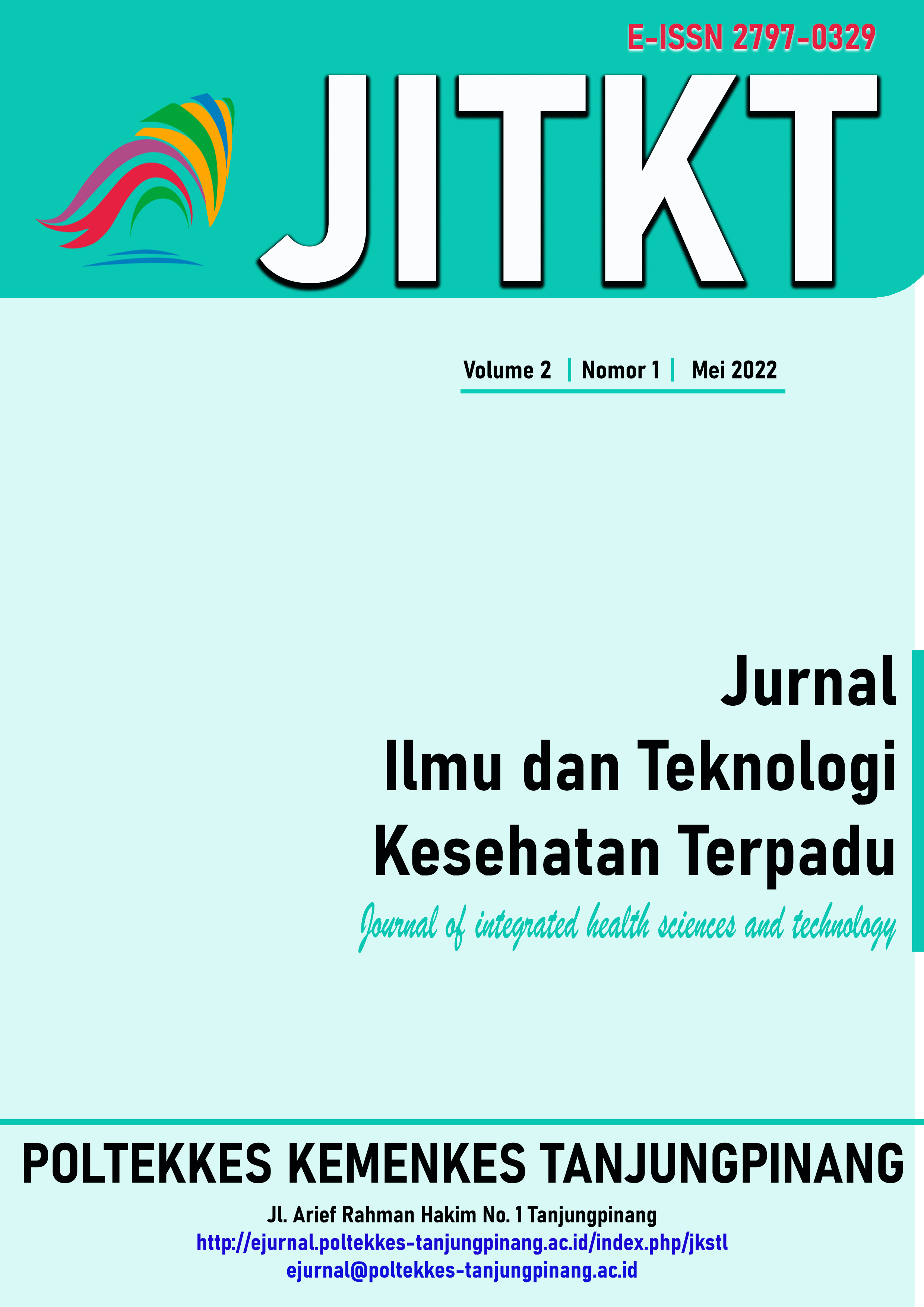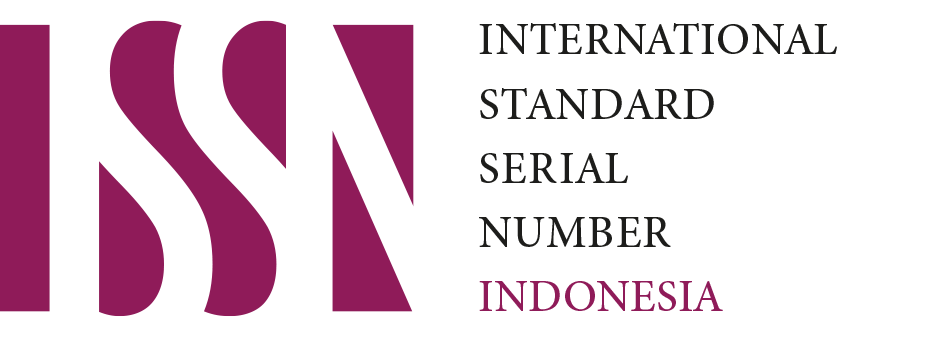PEMANFAATAN LIMBAH KULIT PISANG UNTUK MENGHASILKAN PUPUK ORGANIK CAIR (POC)
Utilization of Banana Peel Waste to Produce Liquid Organic Fertilizer
Keywords:
Bananapeel, Compost, POC habeticallyAbstract
This study aimed to look at the nutrients and micro nutrients contained in the compost of banana peel waste and to utilize the waste of banana peel as a raw material for composting. The study was conducted at Jalan Mulawarman III Number 3 RT 02 RW 01 Kramas Village, Tembalang District, Semarang City. Compost physical quality test results showed that compost was blackish brown and smelled typical of bananas. POC testing was carried out in the laboratory of the Center for Industrial Pollution Prevention Technology (BBTPPI) with the results of C / N ratio of 38.15, Nitrogen (N) 0.009%, Phosfor (P) 0.018%, Potassium 0.543%, Zn <0.249 mg / kg, Cu 0.560 mg / kg and pH 5. The bacterial parameters consisted of Fecal Coliform of 9.2 APM / mL, Salmonella negative / 25ml. BOD and COD parameters were examined at the UPT of the Holy Health Laboratory, the COD examination method was cromosulfuric acid oxidation results > 1,500 mg / l while the BOD examination method was chromium of winkler method with results > 3,000 mg / l. The raw materials used as much as 37 liters produce 1,500 ml of POC. The results of laboratory tests for the parameters of Potassium (K) Copper (Cu), Zinc (Zn), Fecal Coliform and Salmonella meet the requirements of organic compost standards in accordance with SNI number 19-7-30-2004. The C / N Ratio parameter is above the standard of organic compost while Nitrogen, Phosphorus (P), and pH are below the standard of organic compost. Additional parameters examined are BOD and COD. Banana skin can be used as raw material for making POC.
Downloads
References
Bappenas. Outlook Komoditas Pisang. 2019;28.
Suprapti. Balai Penelitian dan Pengembangan Industri, 2005.
Widarti BN, Wardhini WK, Sarwono E. Pengaruh rasio C/N bahan baku pada pembuatan kompos dari kubis dan kulit pisang. Integr Proses. 2015;5(2):77.
19-7030 SNI. Tabel I Standar kualitas kompos. 2004 p. 7030.
Sahwan FL. Proses pengomposan sampah kota tanpa pemilahan awal. J Teknol Lingkung. 2010;11(1):79–85.
Manis I, Supriadi S, Said I. Pemanfaatan limbah kulit pisang sebagai pupuk organik cair dan aplikasi terhadap pertumbuhan tanaman kangkung darat. J Akad Kim. 2017;6(November):219–26.
Manurung, H. Aplikasi Bioaktivator (Effective Microorganisms dan Orgadec) untuk Mempercepat Pembentukan Kompos Limbah Kulit Pisang Kepok (Musa Paradisiaca L.). Jurnal Bioprospek.2011.. Vol 8 (2).
Febriana M, Prijono S, Kusumarini N. Pemanfaatan Pupuk Organik Cair untuk Meningkatkan Serapan Nitrogen serta Pertumbuhan dan Produksi Sawi pada tanah berpasir. J Tanah dan Sumberdaya Lahan. 2018 p.1018
Kemen LH. Peraturan menteri lingkungan hidup nomor 5 tahun 2014. Kementerian Lingkungan Hidup Republik Indonesia 2014 p. 56.
Hariyadi S. BOD dan COD Sebagai Parameter Pencemaran Air dan Baku Mutu Air Limbah. J Biol Sci Educ. 2014;3(2):22–8.
Nasrun. Pemanfaatan Limbah Kulit Pisang Barangan sebagai Bhan Pembuatan Pupuk Cair. L Teknologi Kimia 2016;5:2(November):19-26.
Amanda W, Fitrianingsih Y, Rahayu D. Pemanfaatan limbah Kulit Pisang dan Tanaman Mucuna bracteata sebagai Pupuk Kompos. Teknik Lingkungan Unv. Tanjungpura.
Published
How to Cite
Issue
Section
Copyright (c) 2022 JURNAL ILMU DAN TEKNOLOGI KESEHATAN TERPADU

This work is licensed under a Creative Commons Attribution-NonCommercial-ShareAlike 4.0 International License.












